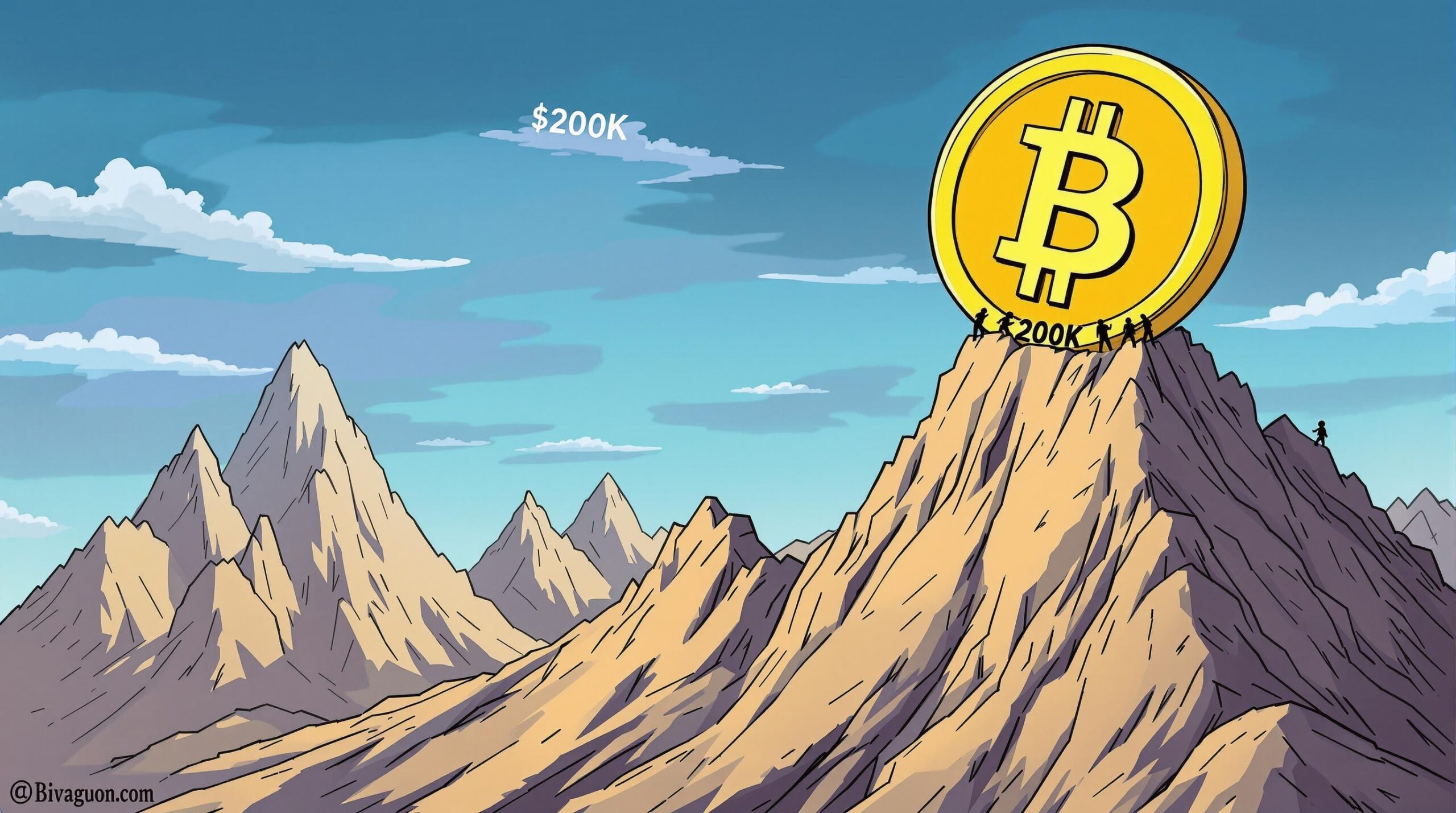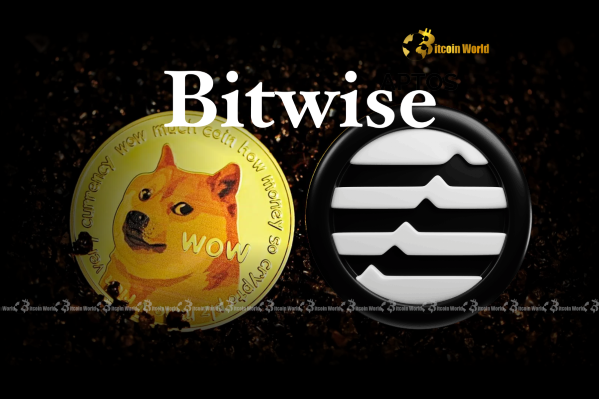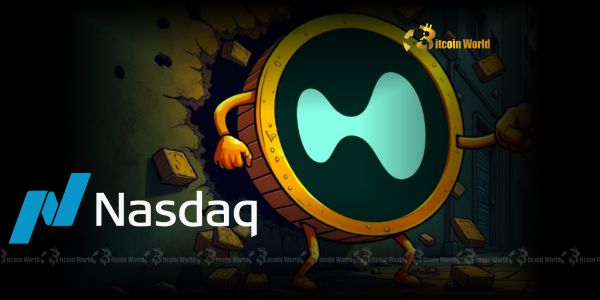BitcoinWorld

USDT Lending: Upbit’s Pivotal Move to End Service
The cryptocurrency landscape is constantly evolving, bringing both innovation and change. For many in the crypto community, passive income streams like USDT lending have been a popular way to earn yield on their digital assets. However, a significant development from one of South Korea’s largest crypto exchanges, Upbit, is set to reshape this particular segment of the market. Upbit has announced a pivotal decision: it will cease support for its USDT lending service, a move that signals a potential shift in how centralized exchanges manage stablecoin offerings and user funds.
Upbit’s Pivotal Move: What’s Happening with USDT Lending?
In a recent announcement on its official website, Upbit, a prominent South Korean cryptocurrency exchange, confirmed its decision to wind down its USDT lending program. This development marks a significant shift for users who have relied on the platform for generating returns on their Tether holdings. The exchange has outlined a clear timeline for this transition:
- July 28: This is the final day for accepting new and additional applications for the USDT lending service. After this date, no new loans or top-ups will be permitted.
- August 27: By this date, the entire USDT lending program will be fully terminated. Users are expected to have settled their outstanding loans and withdrawn their funds by this deadline.
This move by Upbit is not just an operational adjustment; it reflects broader trends and challenges within the centralized crypto lending sector. For thousands of users, particularly in South Korea and beyond, this means re-evaluating their strategies for earning passive income from their stablecoins.
Understanding USDT Lending: Why Has It Been So Popular?
Before diving deeper into the implications of Upbit’s decision, let’s quickly recap what USDT lending entails and why it gained such widespread popularity among crypto enthusiasts. USDT, or Tether, is the largest stablecoin by market capitalization, pegged 1:1 to the U.S. dollar. This stability makes it an attractive asset for holding value without the volatility typically associated with cryptocurrencies like Bitcoin or Ethereum.
USDT lending involves users depositing their Tether holdings with a centralized exchange or a decentralized finance (DeFi) protocol. In return, they earn interest on their deposits. This interest is generated from borrowers who take out USDT loans, often for trading, arbitrage, or other investment purposes. The appeal lies in:
- Passive Income: Earning yield on idle assets.
- Stability: Generating returns on a stable asset, reducing exposure to market fluctuations.
- Accessibility: Centralized platforms made it relatively easy for even novice users to participate.
Many users found USDT lending to be a low-risk way to grow their crypto portfolio, making Upbit’s announcement particularly impactful for those who relied on this service.
Why the Change? Unpacking Upbit’s Decision on USDT Lending
Upbit has not provided extensive details on the specific reasons behind its decision to cease USDT lending. However, industry observers can infer several potential factors that might have influenced this pivotal move, often stemming from the evolving regulatory landscape and past market turmoil.
Regulatory Scrutiny in South Korea
South Korea has one of the strictest regulatory environments for cryptocurrencies globally. The Financial Services Commission (FSC) and the Financial Intelligence Unit (FIU) have been increasingly vigilant, especially following a series of high-profile crypto collapses worldwide. Lending services, in particular, have come under intense scrutiny due to their complex nature and the risks they pose to retail investors. It is highly probable that Upbit’s decision is a proactive measure to align with or preempt stricter regulatory guidelines concerning crypto lending, ensuring its compliance as a Virtual Asset Service Provider (VASP).
Global Market Contagion and Risk Management
The crypto market witnessed several major collapses in 2022, including prominent lending platforms like Celsius, Voyager Digital, and BlockFi. These events resulted in significant losses for users and highlighted the inherent risks associated with centralized crypto lending, including liquidity mismatches, inadequate collateralization, and operational vulnerabilities. Upbit, as a major exchange, might be de-risking its operations by exiting services perceived as high-risk, especially those involving stablecoins like USDT, which have also faced their share of scrutiny regarding reserves and transparency.
Shifting Business Focus
It’s also possible that Upbit is re-evaluating its core business offerings to focus on areas with higher growth potential or lower regulatory overhead. While USDT lending might have been popular, the operational costs, compliance burden, and potential liabilities associated with it could outweigh the benefits from the exchange’s perspective.
Regardless of the exact reasons, Upbit’s move underscores a broader trend: centralized exchanges are increasingly prioritizing regulatory compliance and robust risk management over offering every conceivable crypto service.
What Does This Mean for You, the Crypto User, and Your USDT Lending Strategy?
For individuals who have actively used Upbit’s USDT lending service, this announcement necessitates immediate action and a re-evaluation of their stablecoin strategies. The primary implication is the loss of a familiar and accessible platform for generating passive income on their Tether holdings.
Users with active loans or funds in the lending program must:
- Verify Balances: Log into their Upbit accounts and confirm the status of their USDT lending positions.
- Plan for Withdrawal: Ensure all outstanding loans are repaid and funds are withdrawn from the lending program before the August 27 deadline. Failure to do so might result in complications or even loss of access to funds, though exchanges typically have procedures for unclaimed assets.
- Seek Alternatives: Begin researching other platforms that offer stablecoin lending services, whether centralized or decentralized. This requires careful due diligence to assess risks, interest rates, and regulatory compliance.
This situation also serves as a crucial reminder about the importance of not keeping all your digital eggs in one basket and regularly reviewing the terms and conditions of services offered by crypto platforms.
The Broader Landscape: Will Other Exchanges Follow Upbit’s Lead on USDT Lending?
Upbit’s decision raises an important question: is this an isolated incident, or does it foreshadow a wider trend among centralized exchanges to scale back or cease USDT lending services? While it’s difficult to predict with certainty, several factors suggest that other exchanges, particularly those operating in highly regulated jurisdictions, might consider similar moves.
The regulatory push for greater consumer protection and financial stability within the crypto sector is undeniable. Jurisdictions globally are grappling with how to classify and regulate crypto lending, often pushing for stricter licensing requirements and capital reserves. Exchanges that wish to maintain their licenses and operate within legal frameworks may find it increasingly challenging or costly to offer lending products, especially those involving stablecoins like USDT which are under their own regulatory spotlight.
However, it’s also important to note that the crypto market is diverse. Decentralized finance (DeFi) protocols continue to offer robust lending opportunities, albeit with their own set of risks related to smart contract vulnerabilities and user responsibility. Some centralized exchanges might also adapt by offering regulated lending products or by partnering with licensed third-party providers, rather than completely exiting the space.
Ultimately, Upbit’s move is a strong signal that regulatory pressures are shaping the offerings of major exchanges, potentially leading to a more streamlined but perhaps less diverse set of services in the centralized crypto ecosystem.
Navigating the Change: Actionable Steps for USDT Lending Participants
If you’re an Upbit user affected by this announcement or simply looking to understand how to adapt your USDT lending strategy, here are some actionable insights:
- Act Promptly: Do not wait until the last minute. Familiarize yourself with Upbit’s official announcement and take immediate steps to manage your funds before the August 27 deadline.
- Research Alternatives Diligently: If you wish to continue earning yield on your USDT, explore other reputable centralized exchanges or decentralized lending protocols. Prioritize platforms with strong security records, transparent operations, and clear regulatory compliance (if applicable).
- Understand the Risks: Every lending platform carries risks. Centralized platforms have counterparty risk (the risk that the platform itself fails), while DeFi platforms have smart contract risk. Diversify your holdings and never invest more than you can afford to lose.
- Stay Informed: Keep abreast of regulatory developments in your region and globally. Changes in regulations can significantly impact the availability and terms of crypto services like USDT lending.
- Consider Self-Custody: For long-term holdings, consider moving your USDT to a hardware wallet or a non-custodial solution. While this won’t earn you yield, it significantly reduces counterparty risk.
The key takeaway is proactive engagement and informed decision-making in a rapidly changing crypto environment.
Conclusion: The Evolving Landscape of USDT Lending and Beyond
Upbit’s decision to cease its USDT lending service marks a significant moment for its users and offers a compelling glimpse into the future trajectory of centralized crypto exchanges. This pivotal move underscores the growing influence of regulatory frameworks and the increasing emphasis on risk management within the digital asset space. While it closes one avenue for passive income for many, it simultaneously highlights the industry’s maturation and its efforts to build a more compliant and sustainable ecosystem.
For users, this serves as a powerful reminder of the dynamic nature of cryptocurrency investments and the critical need for adaptability. The era of easy, high-yield USDT lending on every centralized platform might be evolving, pushing users towards either more regulated offerings or into the self-sovereign world of decentralized finance. As the crypto market continues to mature, such shifts are not just challenges but also opportunities to foster greater resilience, understanding, and informed participation among all stakeholders.
Staying informed and agile will be paramount as the industry navigates these transformative changes, ensuring that participants can continue to engage safely and effectively with the exciting world of digital assets.
Frequently Asked Questions (FAQs) about Upbit’s USDT Lending
- 1. What is USDT lending and why was it popular?
- USDT lending is a service where users deposit their Tether (USDT) stablecoins with an exchange or protocol to earn interest. It gained popularity because it allowed users to generate passive income on a stable asset, minimizing exposure to crypto market volatility, and was generally accessible.
- 2. Why is Upbit stopping its USDT lending service?
- While Upbit has not provided specific details, industry analysis suggests the decision is likely influenced by South Korea’s stringent cryptocurrency regulations, the global crackdown on centralized crypto lending following major platform collapses (like Celsius and BlockFi), and potentially a strategic shift in Upbit’s business focus towards less risky offerings.
- 3. What should Upbit users do if they have active USDT loans or funds in the lending program?
- Users should immediately log into their Upbit accounts to verify their USDT lending positions. It is crucial to repay any outstanding loans and withdraw all funds from the lending program before the final wind-down date of August 27. Prompt action will prevent potential complications.
- 4. Will other crypto exchanges also end their USDT lending services?
- Upbit’s move is a strong signal of increasing regulatory pressure on centralized crypto lending. While not all exchanges will necessarily follow suit, those operating in highly regulated jurisdictions might consider similar actions or adapt their services to meet stricter compliance standards. Decentralized finance (DeFi) lending remains an alternative, though with different risks.
- 5. What are the alternatives to centralized USDT lending?
- Users looking for alternatives can explore other reputable centralized exchanges that still offer stablecoin lending, keeping in mind their regulatory compliance and security. Decentralized lending protocols (DeFi) on various blockchains are also an option, but these require a deeper understanding of smart contracts and associated risks. Always conduct thorough research before committing funds to any platform.
Did you find this article helpful in understanding the implications of Upbit’s decision on USDT lending? Share this crucial information with your friends, family, and fellow crypto enthusiasts on social media! Your insights can help others navigate the evolving crypto landscape more effectively. Let’s keep the conversation going and ensure everyone stays informed about the latest developments in the world of digital assets.
To learn more about the latest crypto market trends, explore our article on key developments shaping cryptocurrency institutional adoption.
This post USDT Lending: Upbit’s Pivotal Move to End Service first appeared on BitcoinWorld and is written by Editorial Team





